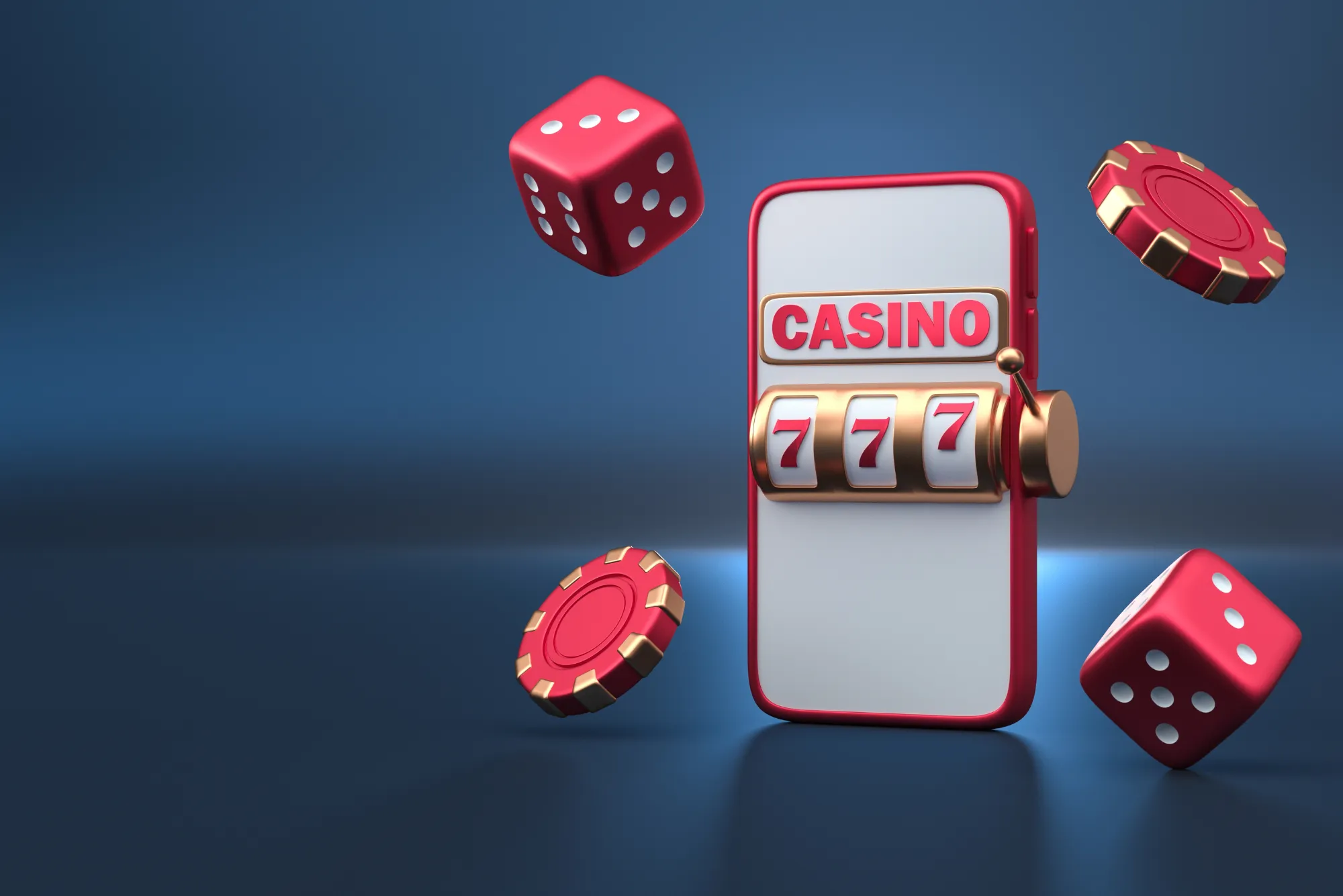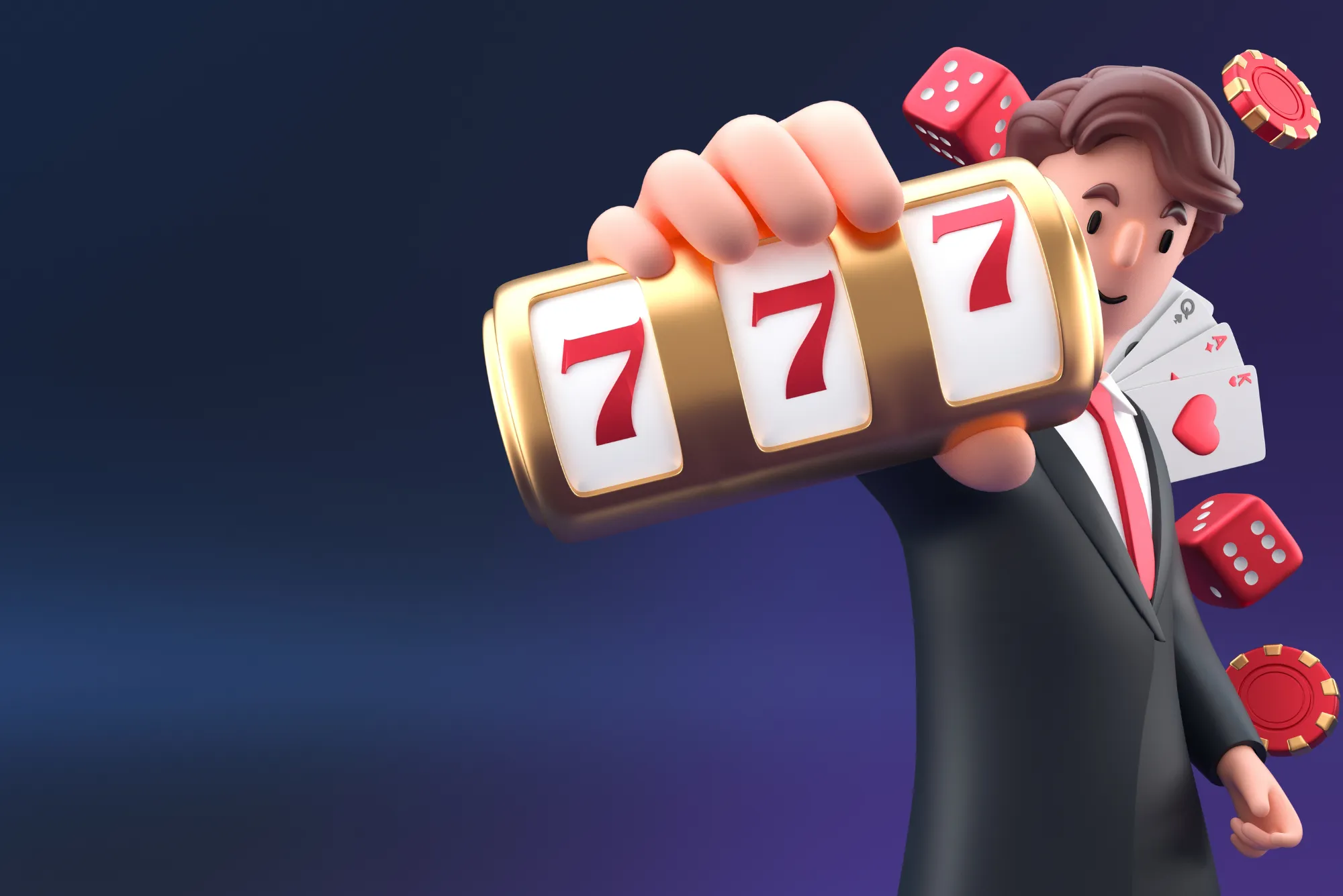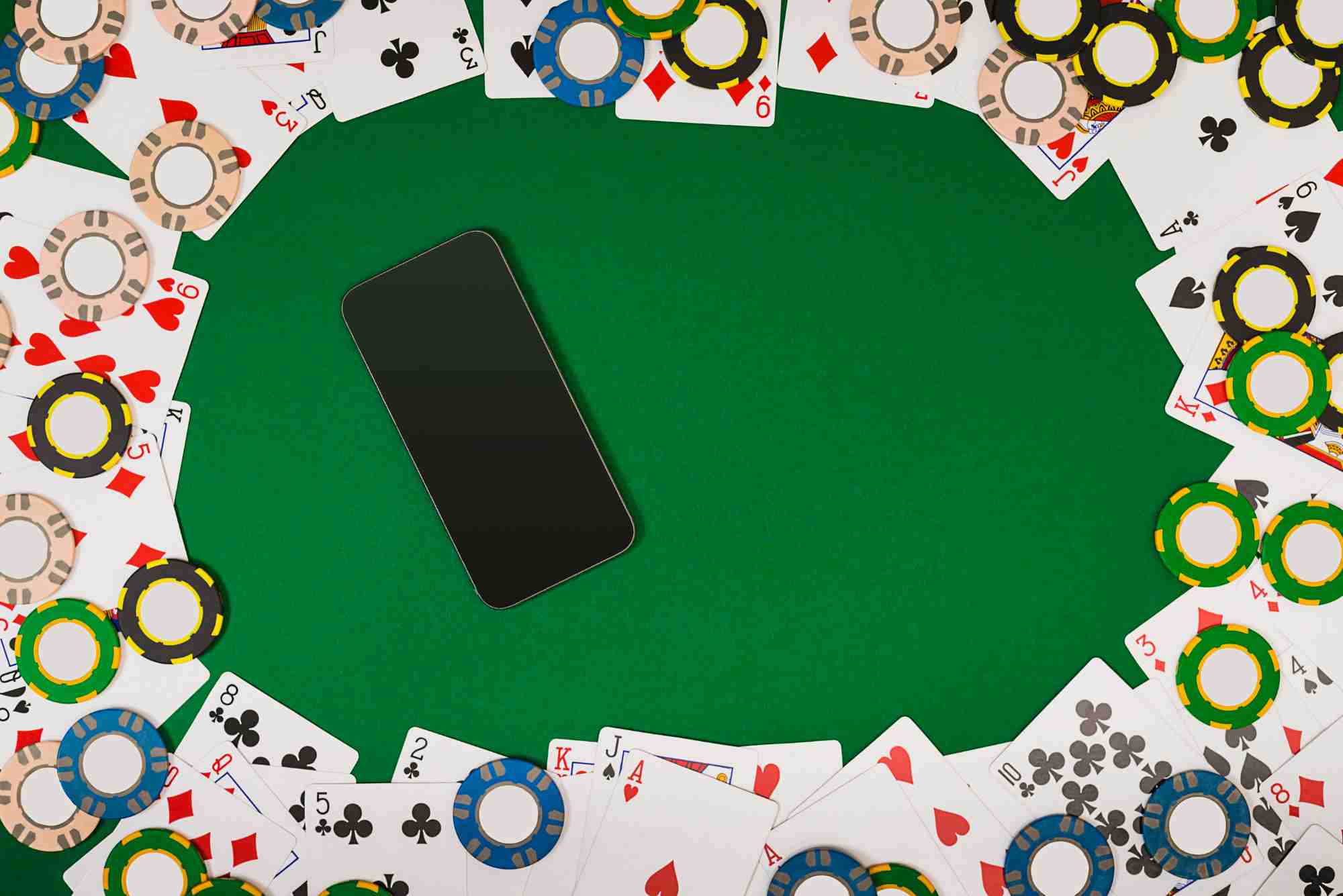Playing at a casino can be an exhilarating experience, but without proper bankroll management, even the most disciplined player can find their funds drained quickly. Whether you visit brick-and-mortar casinos or enjoy online platforms, maintaining control of your budget is essential for sustainable, long-term enjoyment. In this article, I’ll share actionable strategies, drawn from years of personal casino play and professional insights.
Understand Your Budget
Before you place your first bet, take a realistic look at your finances. Identify a portion of your disposable income that you can afford to set aside for gambling without impacting your daily expenses or savings goals. This amount becomes your total bankroll, the maximum you’re willing to risk over a defined period—be it a single session, a week, or a month.
Your bankroll is separate from your regular entertainment or living expenses. Keeping it distinct helps prevent overspending. I once treated my bankroll as elastic, dipping into it for “just a few extra spins.” That mindset led to disappointing losses. After I learned to compartmentalize my gambling budget, the stress vanished and my sessions remained enjoyable.
Tracking Your Wins and Losses
Accurate tracking transforms gambling from uncontrolled spending into a structured hobby.
I use a simple notebook or spreadsheet to log each session’s starting amount, total bets placed, wins, and losses. Logging small wins is just as important as noting big losses; patterns often emerge that reveal which games or bet sizes suit your style.
In the journey toward responsible play, some enthusiasts explore non GamStop casinos. These platforms can offer wider game selections and flexible self-exclusion policies. Research thoroughly and choose reputable sites that hold valid licenses and fair-play certifications.
Choosing the Right Games
Not all casino games are created equal. Some carry higher house edges, meaning the casino advantage is steeper. Slot machines, for instance, can vary dramatically from a low 2% house edge to well over 10%. Conversely, blackjack and video poker often reward strong strategy with a house edge under 1%.
When I started focusing on lower-edge games, my losses slowed dramatically. Even if I didn’t win big, I could extend my play time, learn nuances, and safeguard my bankroll. If you prefer slots for entertainment, pick machines with higher Return to Player (RTP) percentages—always check the game’s RTP in its information panel.
Subheading: Comparing RTP and Volatility
Within slot games, RTP shows how much a slot pays back over time. Volatility indicates payout frequency and size. Low volatility slots award frequent but small wins, ideal for preserving your bankroll. High volatility slots deliver fewer, larger payouts but carry greater risk. Tailor your game choice to your bankroll’s size and personal tolerance for swings.
Setting Session Goals
Long-term success stems from dividing your bankroll into bite-sized sessions. Decide on a maximum loss and win limit before you begin. For example, if you allocate $500 per week, you might break it into five $100 sessions. In each session, once you lose $50 or earn $150, you walk away.
This approach prevents emotional betting when chasing losses or giving back wins. I recall a night when I hit a big jackpot and felt invincible, only to see my gains evaporate hours later. Now, hitting my win limit prompts a celebratory exit, preserving memories—and capital.
Using Stakes Strategically
Consider bet sizing a dynamic tool. Many seasoned players start with smaller bets to test a game’s behavior. If a positive pattern emerges—say, a slot bonus feature triggers early or a blackjack table shows favorable dealer busts—they gradually increase stakes.
I personally follow the “1–5% rule,” limiting individual bets to no more than 1–5% of my session bankroll. If I have $100 for a session, my bets range between $1 and $5. This cushion absorbs losing streaks and keeps me in the game.
Dealing with Losing Streaks
Every gambler encounters losing streaks. What separates professionals from casual players is how they respond. Instead of stubbornly doubling bets (the infamous Martingale strategy), acknowledge downswings as part of the experience.
Pause and reflect on your game choices. If losses mount, switch to lower-volatility games or take a break. I often step away for a walk or switch to a different table game. A fresh perspective prevents tilt—emotion-driven decisions that can devastate your bankroll.
Subheading: Emotional Control Techniques
Deep breathing, short breaks, and setting a strict “cool-down” timer can safeguard discipline. When I find frustration creeping in, I practice a five-minute meditation or review my session log. This resets my mindset and arms me against impulsive bets.
Leveraging Bonuses Wisely
Bonuses and promotions can boost your bankroll—if you understand the fine print. Casinos often entice players with deposit matches, free spins, or cashback offers. Review wagering requirements and game restrictions before claiming.
I once chased a 100% match bonus that seemed generous but carried a 50× wagering requirement on slots with a 90% RTP. Realistically, I would have to stake $5,000 before withdrawing. Since then, I favor bonuses with low wagering requirements or those applied to table games where the house edge is minimal.
Maintaining Discipline
Discipline is the cornerstone of long-term play. Treat gaming like any other commitment—schedule sessions, stick to bankroll limits, and avoid “sneaking in” extra bets. Consistency in practice and mindset builds strong habits.
I also recommend keeping a gambling journal. Record your emotional state, reflections on wins and losses, and lessons learned. Over time, this self-awareness sharpens decision-making and reveals which strategies truly align with your goals.
Review and Adjust
After each week or month of play, review your performance. Did some games continually exceed your expectations? Were there sessions you ended earlier than planned for better reasons? Adjust your bankroll allocation, session sizes, or game choices accordingly.
In my early days, I stuck rigidly to one strategy, even when it underperformed. Now, I treat bankroll management as an evolving process. Improving your approach is a sign of growth, not failure.
Managing your bankroll well transforms casino play into a sustainable, enjoyable pastime. You’ll experience longer sessions, less stress, and an empowered sense of control. Remember: the goal is not merely to win or lose, but to play smarter and preserve the thrill of the game for years to come.







